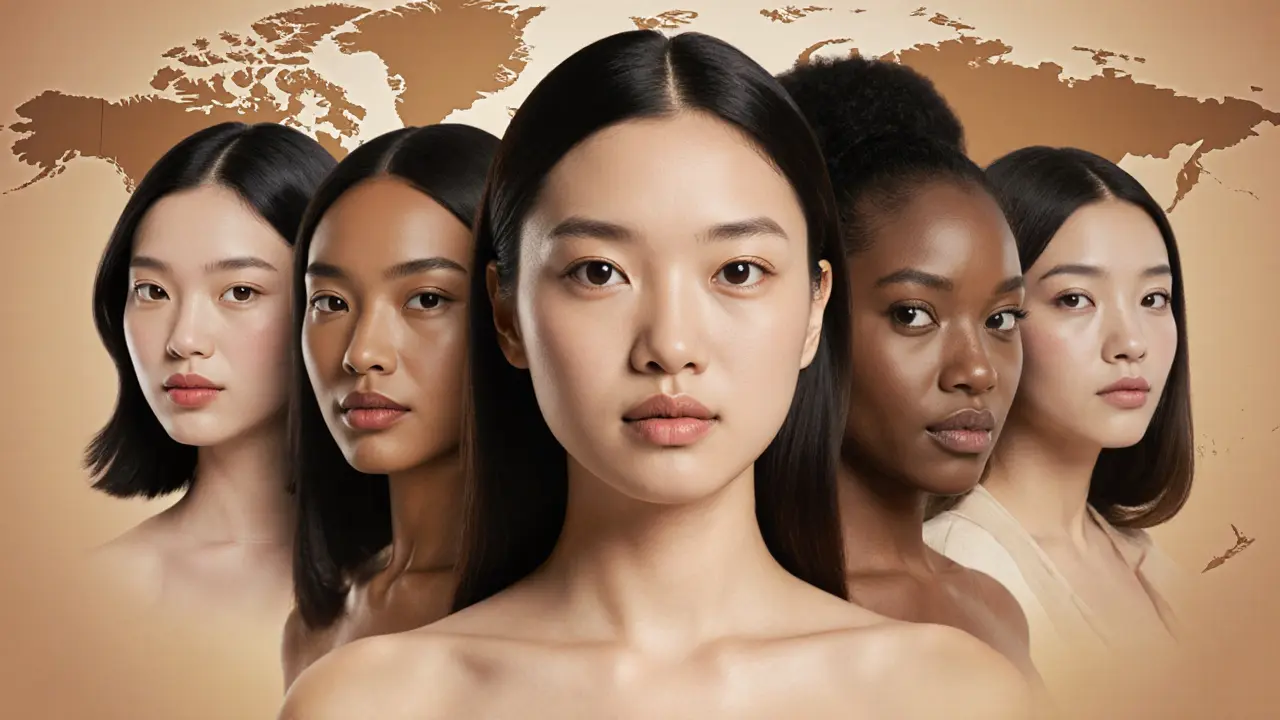Beauty is subjective and varies by culture, media, and personal taste. This article explains why no single girl can be crowned the prettiest on earth, explores pageants, polls, and social media influence, and offers insight into global beauty standards.
Global Beauty Standards
When talking about global beauty standards, the widely shared ideas about how people should look, shaped by media, culture, and industry. Also known as beauty ideals, it influences everything from runway looks to everyday wardrobes. Modeling, the profession that showcases fashion and body aesthetics on runways, photo shoots, and digital media rides on these ideals, while plus‑size clothing, the market segment that designs stylish apparel for larger body types pushes back, expanding the definition of beauty. In a city like Dubai, Dubai nightlife, the vibrant club and lounge scene that mixes luxury, music, and social trends reflects and reshapes these standards, and even luxury companionship, high‑end escort services that cater to affluent clients seeking premium experiences tailors its offerings to match the prevailing aesthetic expectations. Understanding global beauty standards helps you see how they drive choices across fashion, entertainment, and lifestyle.
First, the modeling world acts like a barometer for what society deems attractive. Runway shows now feature a broader age range, from teenagers to experienced professionals, demonstrating that global beauty standards encompass age diversity. This shift opens doors for older talent, as seen in posts about age limits and strategies to start a modeling career at any stage. Brands also tap into niche markets, hiring models who represent specific body types, which blurs the line between traditional high fashion and plus‑size fashion.
Second, the rise of plus‑size fashion directly challenges narrow beauty ideals. When designers publish size charts that clearly differentiate 2X from standard plus‑size measurements, they provide concrete data that reshapes shoppers’ perception of fit. These measurements, combined with realistic body‑positive campaigns, prove that global beauty standards influence clothing production, retail pricing, and consumer confidence. Articles on 2X vs plus‑size and weight thresholds give readers practical tools to navigate the market confidently.
Why It Matters for Lifestyle Choices
Third, the nightlife scene in Dubai mirrors the evolution of beauty ideals. Clubs like Cavalli and Billionaire curate guest lists and dress codes that reward those who align with contemporary aesthetics, while also promoting inclusivity through themed events. Articles on exclusive club nights and rooftop bars illustrate how global beauty standards intersect with social venues, affecting entry policies, pricing, and even music selection. When a venue emphasizes sleek, modern looks, it reinforces a particular visual narrative that attendees often emulate.
Finally, luxury companionship services adapt to the same visual expectations. While the legal landscape around call girls and escorts in Dubai is complex, the market still caters to clients who seek partners that fit current beauty trends. Guides on safe booking, pricing, and alternative experiences show how these services align their offerings with the prevailing standards, ensuring a seamless fit with client expectations.
In short, the collection of posts below maps out this ecosystem: from age‑inclusive modeling tips and plus‑size size guides to insider club strategies and safe companion advice. Each piece adds a layer to the picture of how global beauty standards shape personal decisions, industry practices, and cultural conversations. Dive in to see practical insights, real‑world examples, and actionable advice that reflect the dynamic interplay of appearance and lifestyle in today’s world.

